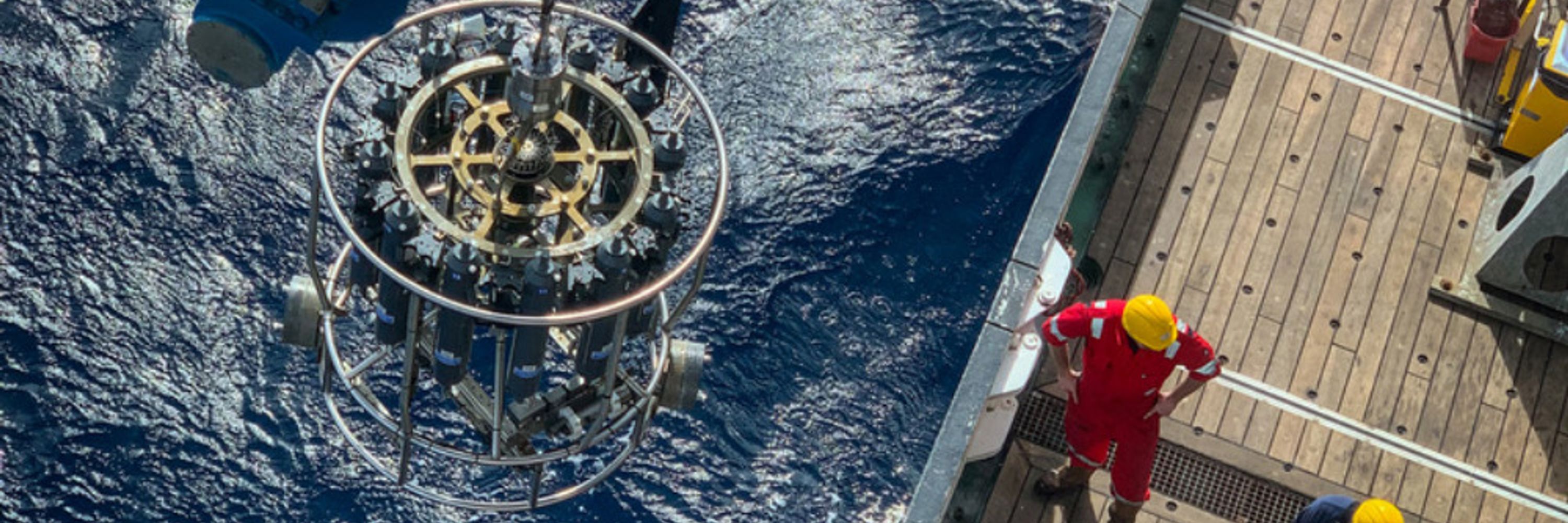
https://jens-daniel-mueller.github.io
This underscores major challenges in tracking carbon-cycle changes and detecting emerging shifts.

This underscores major challenges in tracking carbon-cycle changes and detecting emerging shifts.







Do you want to know what the record high sea surface temperatures did to the ocean carbon sink?
Come and see me after the coffee break (11:35) in Room C:
meetingorganizer.copernicus.org/EGU25/EGU25-...
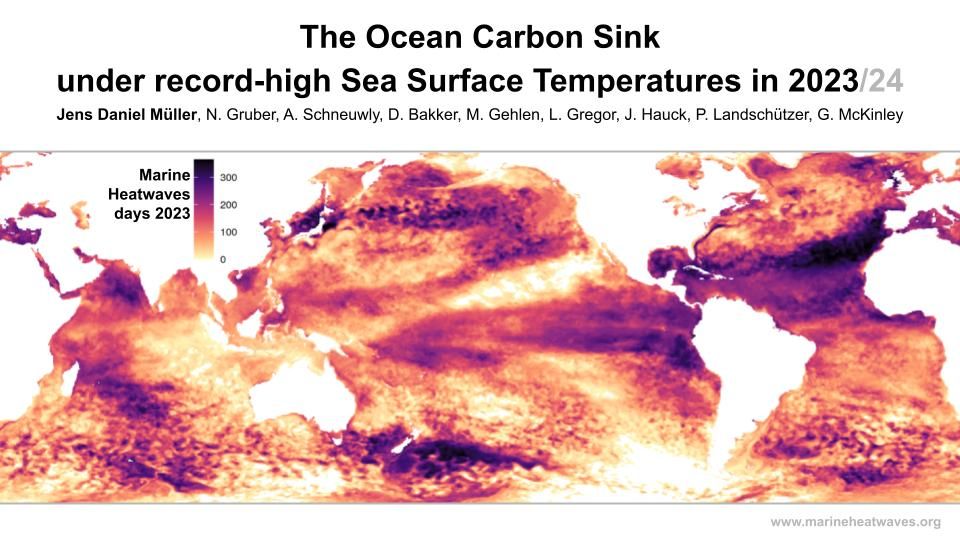
Do you want to know what the record high sea surface temperatures did to the ocean carbon sink?
Come and see me after the coffee break (11:35) in Room C:
meetingorganizer.copernicus.org/EGU25/EGU25-...
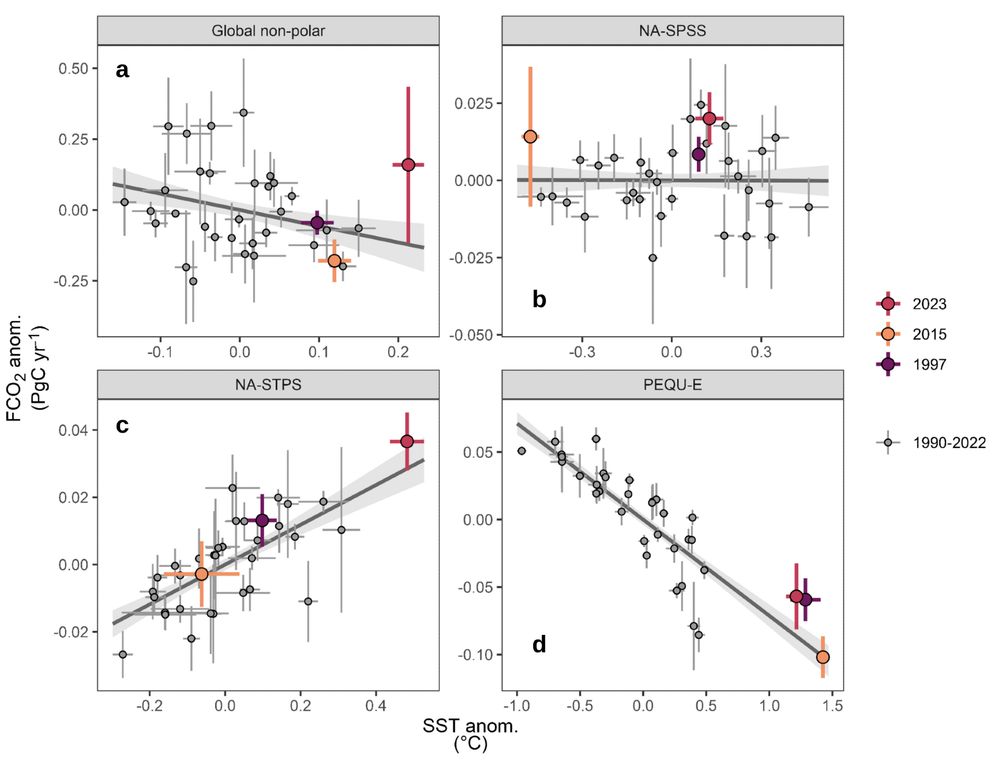
We found that this caused an unexpected decline of the ocean carbon sink, primarily driven by anomalous outgassing of CO₂ in the northern hemisphere extratropics.
▶️ doi.org/10.21203/rs....
Feedback on our preprint is more than welcome!
🌊

We found that this caused an unexpected decline of the ocean carbon sink, primarily driven by anomalous outgassing of CO₂ in the northern hemisphere extratropics.
▶️ doi.org/10.21203/rs....
Feedback on our preprint is more than welcome!
🌊


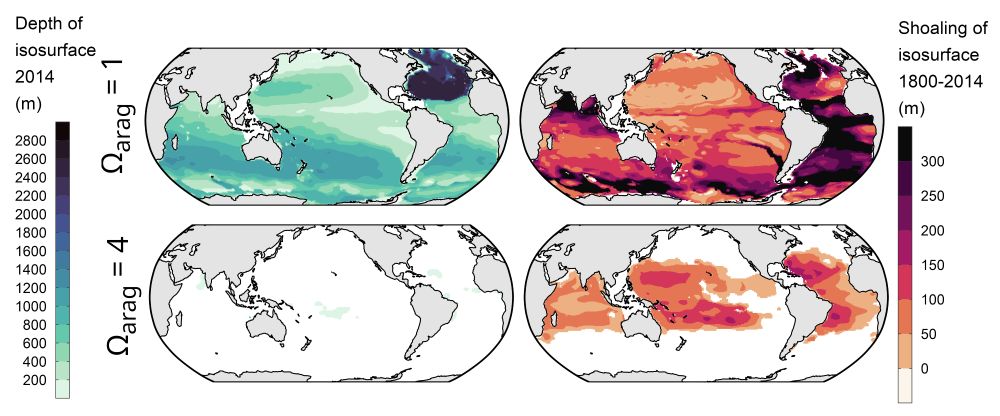
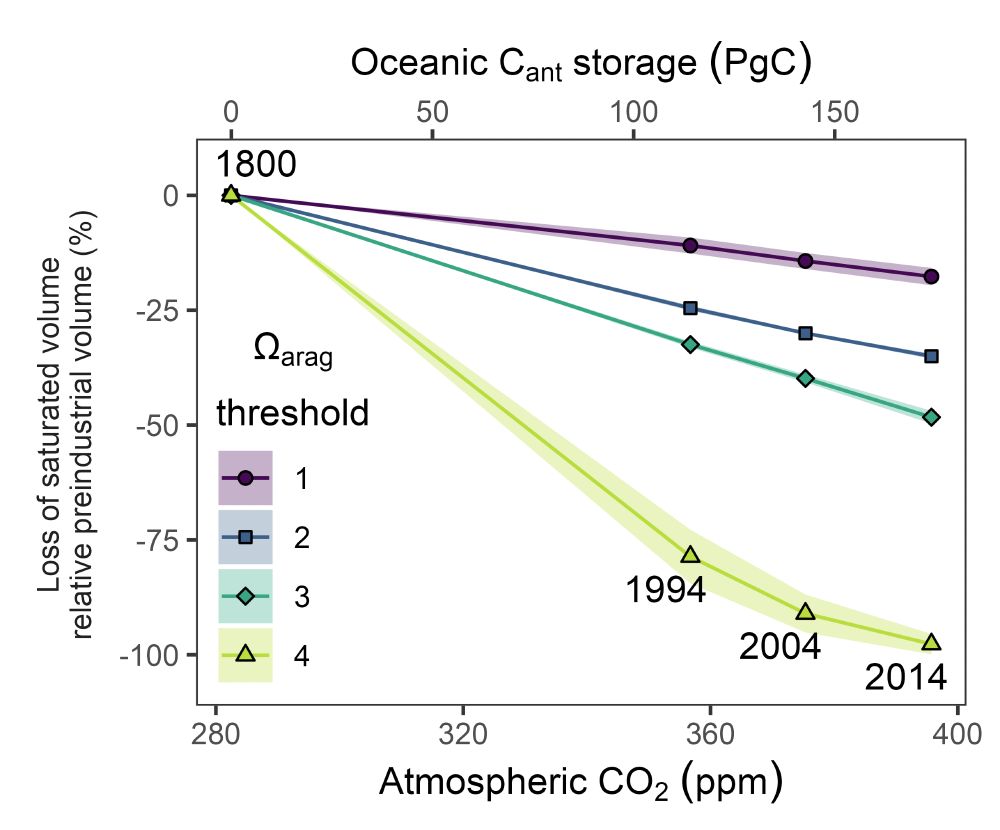
![Maps of the changes in the free proton concentration (Δ[H+]) from 1800 - 2014, averaged over two depth layers from 0 m to 100 m, and from 100 m to 500 m. Stippling indicates locations where the magnitude of the acidification signal is smaller than the corresponding uncertainty.](https://cdn.bsky.app/img/feed_thumbnail/plain/did:plc:vnatj6ys5y2fjs6suxxokbh4/bafkreihpsvcxus46dtu64dghtz4bxwvvkfq35qegsk36hxl7av5ke2crma@jpeg)
![Global mean vertical profiles of the changes in the marine CO2 system. From left to right: Progression of changes in the saturation state of aragonite (ΔΩarag), the free proton concentration (Δ[H+]), and pH on the total scale (ΔpHT). Colors distinguish changes since 1800 for the reference years 1994, 2004, and 2014. Ribbons around lines indicate uncertainty ranges of our estimates.](https://cdn.bsky.app/img/feed_thumbnail/plain/did:plc:vnatj6ys5y2fjs6suxxokbh4/bafkreiehfn7iofkzvfopggaldjttsamz32tpxcqetkyx7l4lwxq4gcoecq@jpeg)
Ishii et al. found that the Pacific turned into a net CO₂ sink, as the uptake of anthropogenic CO₂ became larger than the natural outgassing of CO₂. Still, interannual variations in natural CO₂ fluxes also superimpose on the global ocean carbon sink.
doi.org/10.22541/ess...
(preprint)
🌊


Ishii et al. found that the Pacific turned into a net CO₂ sink, as the uptake of anthropogenic CO₂ became larger than the natural outgassing of CO₂. Still, interannual variations in natural CO₂ fluxes also superimpose on the global ocean carbon sink.
doi.org/10.22541/ess...
(preprint)
🌊
Resplandy et al. synthesised air-sea fluxes of three (!) greenhouse gases in the global coastal ocean. While the coastal ocean takes up substantial amounts of CO2, emissions of N20 and CH4 offset 30%–60% of this CO2 uptake in the net radiative balance.
doi.org/10.1029/2023...
🌊


Resplandy et al. synthesised air-sea fluxes of three (!) greenhouse gases in the global coastal ocean. While the coastal ocean takes up substantial amounts of CO2, emissions of N20 and CH4 offset 30%–60% of this CO2 uptake in the net radiative balance.
doi.org/10.1029/2023...
🌊
Doney et al. revisited the biological carbon pump and found that the model–based export production fell at the lower end of observational estimates, suggesting that models underestimate the biological drawdown and air-sea fluxes of CO₂ in high productivity regions.
doi.org/10.1029/2024...
🌊


Doney et al. revisited the biological carbon pump and found that the model–based export production fell at the lower end of observational estimates, suggesting that models underestimate the biological drawdown and air-sea fluxes of CO₂ in high productivity regions.
doi.org/10.1029/2024...
🌊
Sarma et al. examined CO₂ fluxes in the Indian Ocean. The general tendency of sources in the north and sinks in the south emerges clearly, but reconciling the model and observation-based maps of long-term mean fluxes remains challenging. More observations, please!
doi.org/10.1029/2023...
🌊


Sarma et al. examined CO₂ fluxes in the Indian Ocean. The general tendency of sources in the north and sinks in the south emerges clearly, but reconciling the model and observation-based maps of long-term mean fluxes remains challenging. More observations, please!
doi.org/10.1029/2023...
🌊
Yasunaka et al. unravelled the exceptional role of climate change for the CO₂ sink in the Arctic Ocean. Here, the accelerated CO₂ uptake is primarily caused by sea ice loss, whereas rising atmospheric CO₂ dominates the trends in all other #RECCAP2 regions.
doi.org/10.1029/2023...
🌊


Yasunaka et al. unravelled the exceptional role of climate change for the CO₂ sink in the Arctic Ocean. Here, the accelerated CO₂ uptake is primarily caused by sea ice loss, whereas rising atmospheric CO₂ dominates the trends in all other #RECCAP2 regions.
doi.org/10.1029/2023...
🌊
Terhaar, Goris et al. examined the models we used to disentangle CO₂ flux components. These GOBMs perform well! A lower CO₂ uptake than in observation-based estimates results from simulation setup, surface chemistry and ocean circulation.
doi.org/10.1029/2023...
@polarocean.bsky.social
🌊


Terhaar, Goris et al. examined the models we used to disentangle CO₂ flux components. These GOBMs perform well! A lower CO₂ uptake than in observation-based estimates results from simulation setup, surface chemistry and ocean circulation.
doi.org/10.1029/2023...
@polarocean.bsky.social
🌊
Pérez et al. assessed the important CO₂ sink in the Atlantic Ocean. A major fraction of this CO₂ uptake is realised in the subpolar North Atlantic, where models and observation-based estimates still differ substantially with respect to trends and seasonality.
doi.org/10.1029/2023...
🌊


Pérez et al. assessed the important CO₂ sink in the Atlantic Ocean. A major fraction of this CO₂ uptake is realised in the subpolar North Atlantic, where models and observation-based estimates still differ substantially with respect to trends and seasonality.
doi.org/10.1029/2023...
🌊
Rodgers et al. found that the seasonal amplitude of air-sea CO₂ fluxes increased over the past decades. We also show that the surface ocean DIC seasonality in biogeochemical ocean models is lower than in observation-based products. Something to improve…
doi.org/10.1029/2023...
🌊


Rodgers et al. found that the seasonal amplitude of air-sea CO₂ fluxes increased over the past decades. We also show that the surface ocean DIC seasonality in biogeochemical ocean models is lower than in observation-based products. Something to improve…
doi.org/10.1029/2023...
🌊
Hauck et al. found that the Southern Ocean takes up 50% less CO₂ than reported in RECCAP1!
Still, most of the global CO₂ uptake occurs here, calling for a better understanding of trends, seasonality and interior transport of anthropogenic CO₂.
doi.org/10.1029/2023...
@jhauck.bsky.social


Hauck et al. found that the Southern Ocean takes up 50% less CO₂ than reported in RECCAP1!
Still, most of the global CO₂ uptake occurs here, calling for a better understanding of trends, seasonality and interior transport of anthropogenic CO₂.
doi.org/10.1029/2023...
@jhauck.bsky.social

